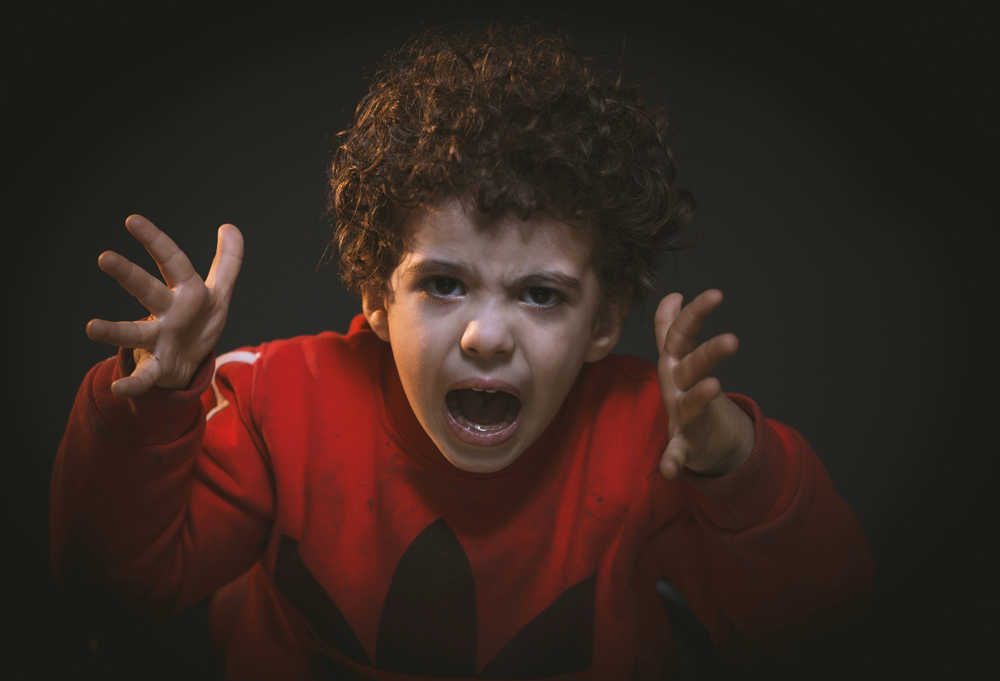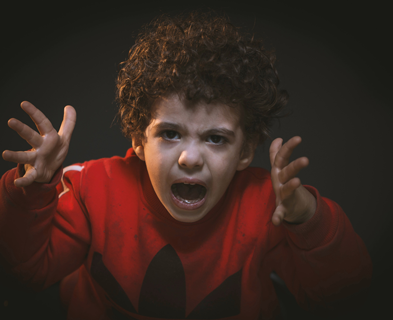“Feelings are much like waves, we can’t stop them from coming, but we can choose which one to surf.” – Jonathan Martensson
As a parent in today’s world, you must have experienced without a doubt your child throwing a few tantrums from time-to-time, which is something to be expected with toddlers. But, if you continue to witness as your child starts to progress towards a school age, frequent meltdowns, you might want to consider skill-building exercises that specialize in emotional control and effective communication of feelings. Teaching your kids emotional regulation or self-regulation from a young age helps them monitor and manage the myriad of feelings they might experience, and be able to modulate and express them in an effective manner.
It is imperative to understand that your child is not born with the natural ability to regulate emotions, rather, it is a skill that they need to acquire with your frequent and conscious help. Without proper self-regulation, along with meltdowns, older children might also exhibit inappropriate and irrational behaviour that could prove extremely harmful in the long run. Hence, a strong show of emotional control is often considered a crucial milestone in a child’s development.
Emotional regulation when paired with effective communication helps children express their distress & anxiety instead of keeping it to themselves, which can ultimately lead to extreme outbursts. According to Matthew Rouse, PhD, a famous clinical psychologist, “Emotional control in children comes from a combination of temperament and learned behaviour. 0-5 years is a critical age range for the development of this regulation for long-term effects on their academic, personal, and social success”.

We have compiled together below a list of activities that you can do with your child to help promote emotional control and eventually develop effective communication of their feelings.
- Conduct Simulated Test Runs – Is your child known to throw tantrums in public places, for example, a supermarket? Plan a grocery run when you do not have a lot of shopping to do and have them walk by your side without asking for new things or fussing if you say no. Ask them the reason behind why they need a particular item or why they are feeling a certain way. Based on this exercise, practice attentional deployment wherein you redirect their attention towards getting a better grasp of their emotions. Do this consistently in a host of different situations and over time give your child the necessary independence to handle them on their own.
- Good ol’ Reading Sessions – As cliché as this sounds, this surprisingly still remains a super effective process! Spend an hour or two a week reading books with your child about how exactly they can cope with their emotions. Once you are done with the story, have a conversation with them with questions like “What would you have done if you were in
’s position?”, “How do you feel about this situation vs. another?” etc. This exercise will not only act as a portal to your child’s perspective but also help you redirect their emotions tactfully towards improved self-regulation. - Children See, Children Do – The first thing your child notices is your own ability to self-regulate. The manner of reaction employed by you as a parent is subconsciously-embedded in a child’s mind as the “right” reaction, which they later tend to imitate when faced with a similar situation. For instance, if a parent yells or abuses when something goes wrong, the child goes on to emulate the same pattern when things don’t go their way. Parental modelling is the most tried and tested way to teach one’s child self-regulation. Create scenarios where you would like your child to practice emotional control and respond to it with the exact behaviour you wish to encourage. Your child will then observe your reaction and mimic the behaviour when they are faced with the same.
- Be Mindful, Together – Keep in mind that this activity is designed specifically for children who have meltdowns and are easily agitated but it is proven to be extremely beneficial for kids belonging to all age groups. Pick an activity, as mundane as it can be, and go about it being mindful. Tell your child to walk you through each and every step of the process. For example, ask them to narrate in detail how they would perform a simple activity such as tying their own shoe laces. Mindfulness helps in calming the mind and focusing on their current activity instead of fixating on a problem or a negative emotion that is troubling them.
- Rate your Anger – Your child should be able to gauge how angry they are feeling at any given time. Train them to deduce their level of anger on a scale of 1 to 5. Offer them a coping strategy for each scale. For example, if they rate 1, ask them to count from 1-50.
- Build a Calm-Down Bottle – Calm-down bottles is another great idea to help children regulate their emotions. You can start with an arts and crafts session with your child where you mix Elmer’s clear glue, hot water, food color or liquid watercolor with some glitter and pour it into a water bottle. Observing the slow movement of the glitter in the bottle helps calm their breathing and allows them to have a better grasp of their negative emotions.
- Make a “yays and nays when I am upset” Chart – List down points under two categories: what to do and not to do when I am upset. Create preschool or school age activities to help your child learn them in a way that peaks their interest. For example, ask your child to pin all the yays on a happy face and all the nays on the angry face.
Parents, some things to keep in mind:
- The environment plays a significant role in emotional regulation. Giving in to tantrums or overly soothing your child will make them eventually incapable of being able to handle their emotions. A positive emotional climate is imperative to encourage self-regulation.
- The trick to developing emotional control and effective communication is not to avoid stressful situations altogether but to build a supportive framework to encourage the right response to a situation. Think of it as if you are “scaffolding” the response that you would like to have (as told by Dr. Rouse) until they are capable of self-regulating without much of your intervention.
- Consistency is the key to successful skill-building. Do not be discouraged if the first few times don’t go well. Isolate the skill and keep on practicing.
- Avoid giving them mammoth tasks at one go. Break the activity into small steps so that they can learn to self-regulate in manageable increments.
The most important thing to remember is that all a child needs today is to feel secure and heard. When their feelings are validated, they learn to regulate them and communicate them to you in a composed manner. Talk about various situations and feelings with your child so that they are normalized and considered as events that have effective solutions.

